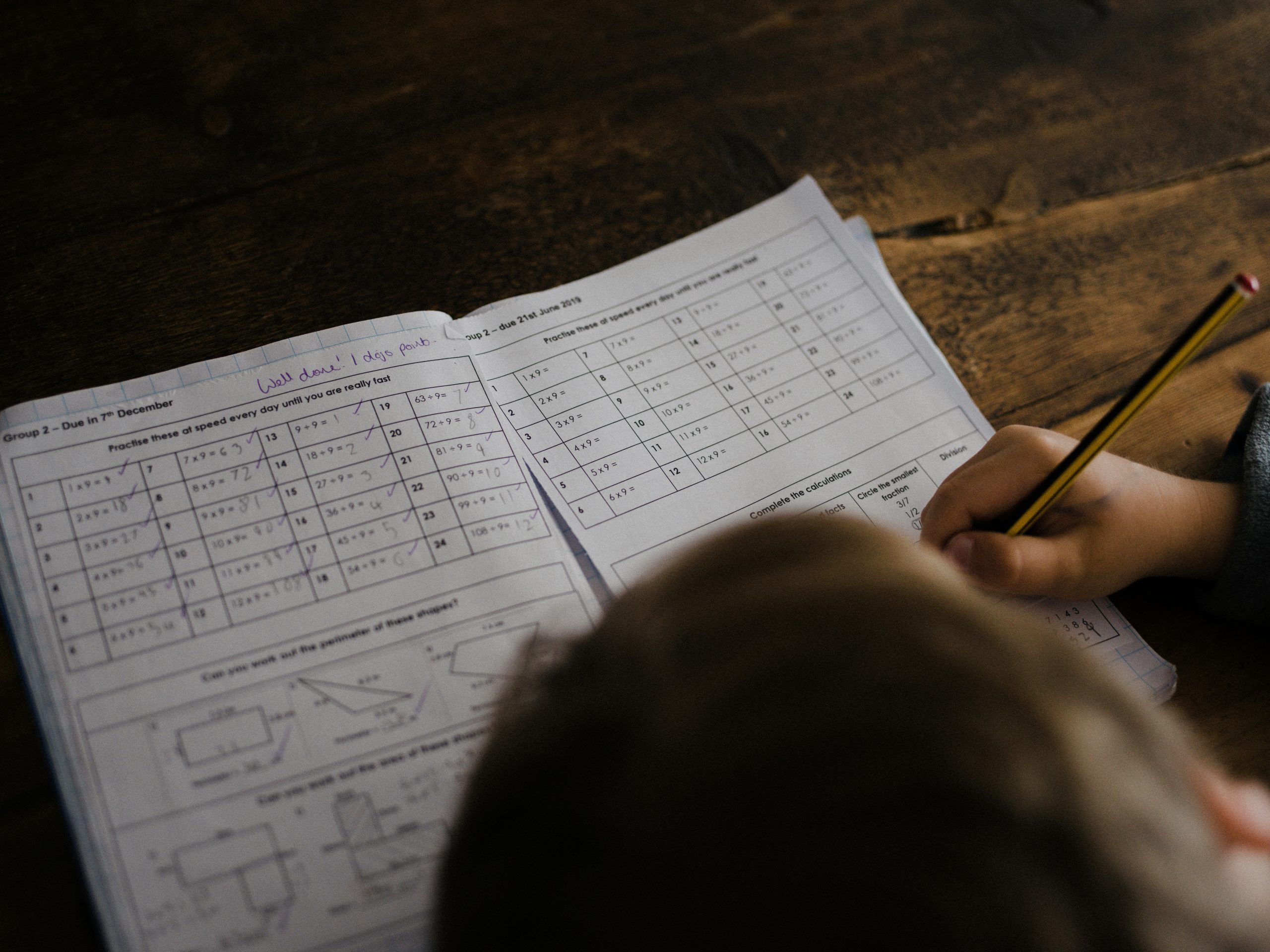Chapter 6 – Planning for Mathematics Intervention
Effective instruction for students with Individualized Education Programs (IEPs), includes three elements – high quality Tier 1 instruction, specially designed instruction, and accommodations or modifications (Jenkins & Murawski, 2023). First, high-quality Tier 1 instruction with embedded Universal Design for Learning (UDL) should be provided to all students in the classroom setting (Murawski & Scott, 2019). Next, specially designed instruction (SDI) should be tailored to IEP goals for students who receive special education services. Finally, accommodations or modifications should be integrated into both Tier 1 instruction and specially designed instruction, as designated in a student’s IEP to to reduce the impact of the student’s disability when accessing the general education curriculum.

UDL is a framework that focuses on access for all learners, across any subject, and grade level. Lessons with UDL are designed proactively to address the strengths and needs of a wide array of learners in the classroom without singling specific students out. The UDL instructional framework has three guiding principles, action and expression, representation, and engagement (CAST, 2018). Action and expression includes the “how” of learning and provides learners with different ways to express themselves. Representation is the “what” of learning and involves the teacher presenting the content to students in different ways. Engagement is the “why” of learning and includes techniques that create interest and motivation for student learning. Each of these guidelines can be used daily, in every lesson. In math, varied forms of action and expression might include providing all students with graphic organizers for math word problems, providing all students with calculators, or utilizing math manipulatives with the entire classroom. Representation might involve including the entire class when pre-teaching math vocabulary, providing a key that matches vocabulary with math symbols, or teaching a math skill using manipulatives and the traditional algorithm. Finally, engagement could incorporate frequent and specific feedback to all students as they work through math problems, opportunities for all students to chart and monitor their mathematical successes, offering students choice in how they solve math problems, or providing math challenges that incorporate whole class problem solving in new and unexpected ways. The benefit of incorporating UDL into instruction is that it can help reduce barriers to learning for all students in such a way that learners can engage meaningfully with the curriculum.
To support students with disabilities in math, it is important to follow systematic and explicit teaching (Gersten et al., 2009). Further, students with IEPs require SDI, that is individualized for that particular student. The Individuals with Disabilities Education Act (IDEA) defines SDI as “adapting, as appropriate to the needs of an eligible child under this part, the content, methodology, or delivery of instruction (i) to address the unique needs of the child that result from the child’s disability; and (ii) to ensure access of the child to the general curriculum, so that the student can meet the educational standards within the jurisdiction of the public agency that apply to all children” [§300.39 (b)(3)]. SDI is what makes special education special. It is uniquely designed for an individual student based on the goals outlined in the student’s IEP (Jenkins & Murawski, 2023). Typically, SDI addresses the methodology, delivery, or content of the instruction so that students can access the general education curriculum and make progress with grade level standards and IEP goals. SDI is not based on placements or location, but rather services provided to the student. SDI comprises both the core instruction and supplemental, or individualized instruction. SDI does not mean lowering standards or expectations, but instead supporting students so they can make strides with academic grade-level standards. As it relates to mathematics, SDI might include teachers modeling checklists, adding multi-sensory teaching strategies to include math manipulatives, explicit instruction with flowcharts for math word problems, questioning to enhance understanding of mathematical concepts, or reteaching key vocabulary or processes.

When implementing interventions and instruction, it is important for teachers and specialists to maintain fidelity. Fidelity is not only using the correct steps, but also making sure the steps in the instruction are completed accurately. To ensure high fidelity, teachers should model the intervention by showing, doing, and telling (King-Sears et al., 2018). They should model the process by talking aloud about the intervention steps and explain how decisions are made. Both core instructional procedures and implementation of SDI interventions should be monitored for accuracy, and fidelity.
While SDI is specifically designed for individual students, accommodations are provided to any student who may require more supports to access the curriculum. SDI and accommodations should not be confused as interchangeable. SDI is how the teacher instructs the student and accommodations are what the student will use to access the curriculum. An accommodation may include changes with the presentation of the material, the setting, the response from the student, and/ or timing and scheduling. Regardless of the type of accommodation, the purpose is to support a student with disabilities with accessing the curriculum. Accommodations do not change the curriculum or outcome expectations for students. For students with IEPs, accommodations will be determined by the IEP team and listed in the IEP for reference. Accommodations for students who need math support may include, but not be limited to, calculators, math manipulatives (counters, base 10 blocks, fraction blocks or tiles, additional time to complete a math test, number lines, utilizing a paper test instead of a computer based test, graph paper, or miniature clocks).

Modifications, often used interchangeably with accommodations, are not the same. A modification alters the performance of the grade-level learning standard. When describing content and assessment for students with disabilities, modifications most often describe a reduction of the depth and complexity of the grade level standard, though a modification could also involve expanding the complexity of the standard. Modifications should only be utilized when an IEP team makes this decision. Modifications in math might include having a student use a calculator to solve math facts when the grade-level standard states that facts will be memorized, having a student work only with whole numbers when their peers are working with fractions, or requiring as student to solve single step linear equations when the standard describes multistep linear equations. A modification may mean that a student completes an entirely different assignment or is graded using different standards. The primary differences between accommodations and modifications is adherence to the standard curriculum and outcomes.
